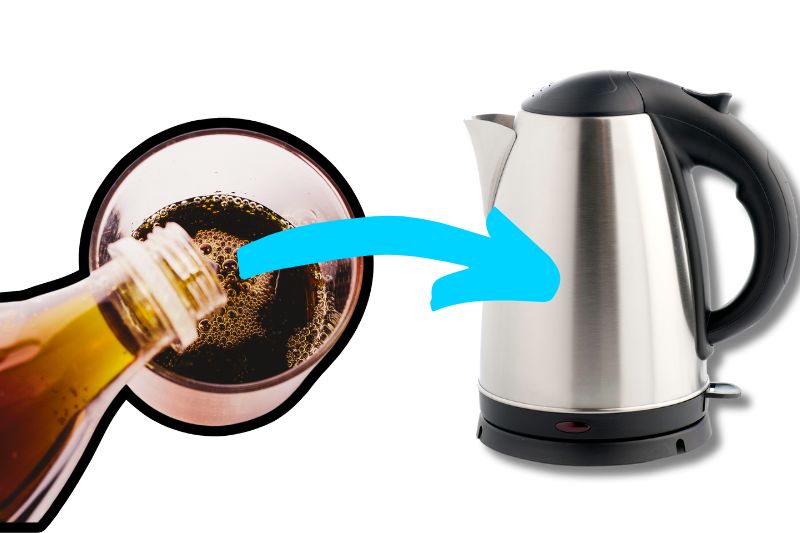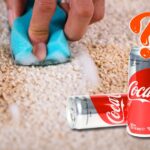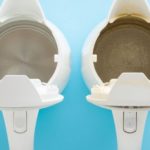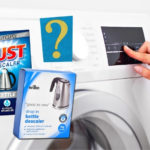Many parts of the UK have hard water, meaning it has high mineral deposits. These deposits can create limescale when the water is boiled or heated.
Naturally, your kettle is going to be one of the worst affected areas since it is used for heating water.
Kettles are also one of the most used appliances in our homes, switched on first thing in the morning to make a coffee and last thing at night for a cozy evening brew. Therefore, even people living in soft water areas will see a limescale build-up over time.
Descaling your kettle and removing these mineral deposits is essential. Regular descaling helps keep your kettle in working order and ensures no nasty white lumps are floating in your drink. And thankfully, it can be done within 30 minutes using Coca-Cola (or an alternative from another brand).
How Do You Decale a Kettle with Coke?
If you have some unwanted cola lying around, using it to remove chalky limescale deposits is extremely straightforward.
Below is a step-by-step guide on how to descale a kettle with Coke:
- Partially fill your kettle with Coke (500 ml should be enough).
- Turn the kettle on and wait for it to boil.
- Once boiled, let the kettle stand for 30 minutes.
- Empty the cola out of the kettle into your kitchen sink.
- Repeat steps 1-4 again if needed (recommended for bad limescale build-ups).
- Wash the inside of the kettle using washing-up liquid and a sponge.
- Rinse the kettle out with water before using it again.
That’s it! Your kettle should now be limescale-free.
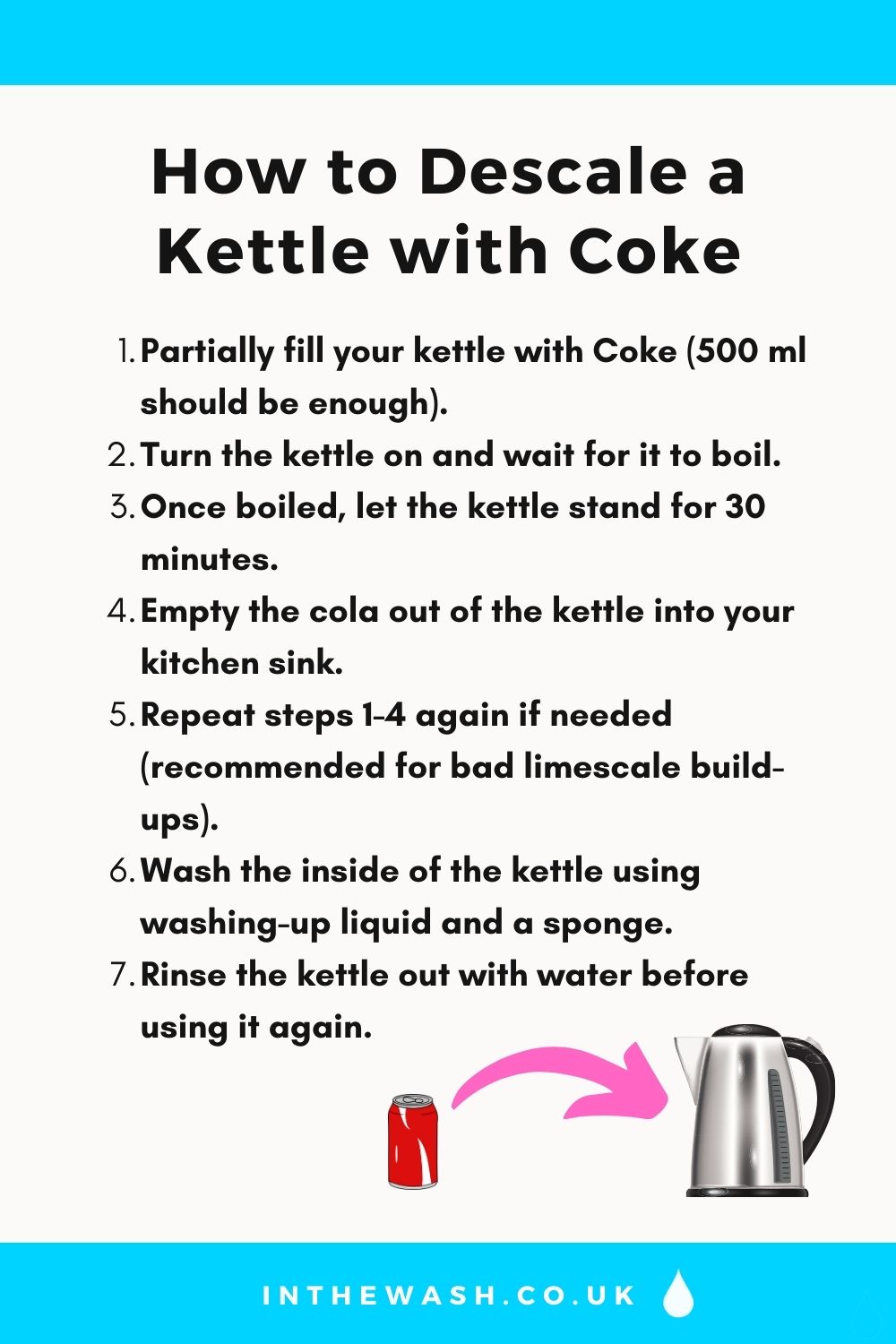
Why Does Coke Remove Limescale?
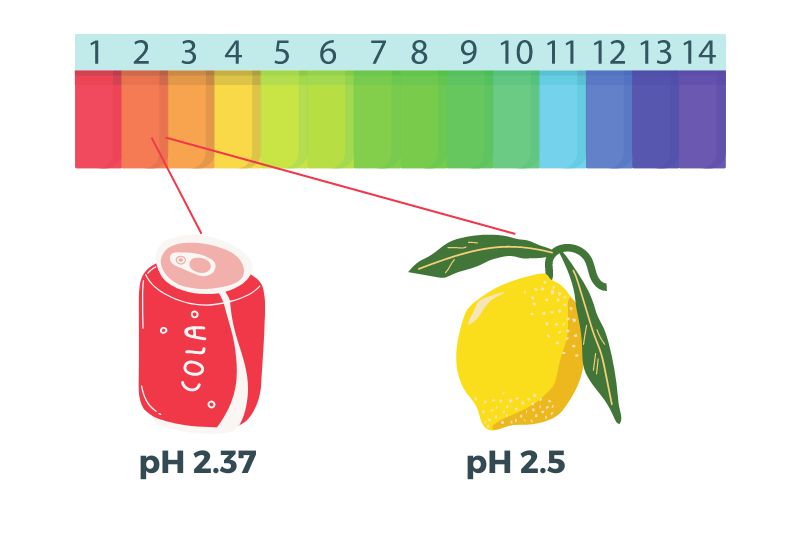
Traditional descalers are made from chemicals like citric or lactic acid. So, you might be wondering how Coke can be such an effective descaler. Well, its descaling power is all to do with the pH of this popular fizzy drink.
Coca-Cola contains phosphoric acid, giving it a high acidity with a pH level of around 2.37, similar to the pH of white vinegar (2.5) and lemon juice (2-3).
The acid in Coca-Cola reacts with limescale to produce soluble metal salts. When you empty your kettle and rinse it with water, all these salts are flushed down the drain.
Importantly, Coca-Cola isn’t the only acidic drink. All popular carbonated drinks have an acidic pH and can therefore be used to descale your kettle.
If you don’t have Coke, try using Pepsi, Sprite, 7-Up, Fanta, or any other fizzy drink, including supermarket own-brand products.
Benefits of Using Coke to Descale Your Kettle
There are several benefits to using Coca-Cola (or other carbonated drinks) to descale your kettle rather than commercial descaling products. Here are just a few:
- Affordability – You can purchase a large bottle of supermarket-branded cola for less than 50p, which will work just as well as a £2 bottle of branked Coke. On the other hand, the best kettle descalers will set you back about £5. Both can be used multiple times, but fizzy pop still works out cheaper.
- Versatility: Commercial descalers are, well, descalers. They can remove limescale from various surfaces and appliances, but that’s all they’re good at. In comparison, you can use Coke for all kinds of cleaning tasks: cleaning burnt pans, removing stains, restoring tarnished silver, and even removing pests. Plus, it’s a tasty drink!
- Safe to drink: Limescale removers contain chemicals that make them unsafe to drink. While not important if descaling your shower, any remnants not rinsed from your kettle can get into your mug. When using Cola-Cola, it doesn’t matter if the rinsing isn’t super thorough because it’s safe to drink anyway.
Other Ways to Descale a Kettle
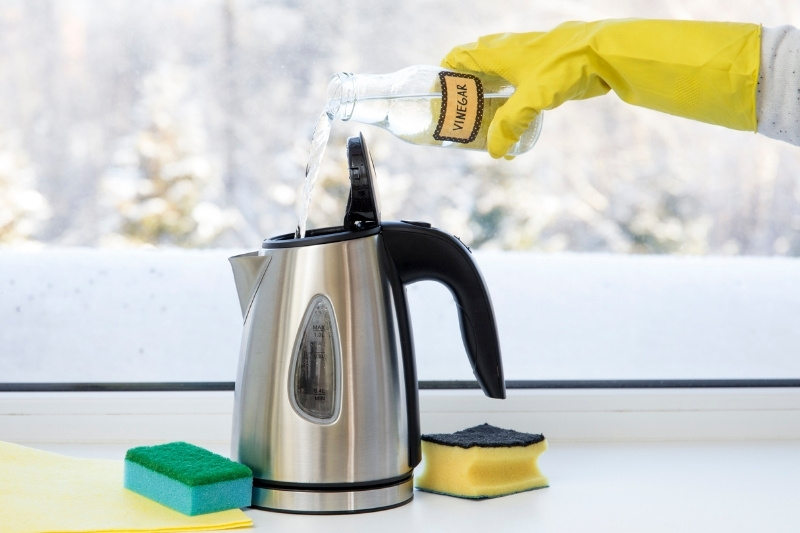
Using Coke to descale a kettle isn’t for everyone. Fortunately, it isn’t the only non-chemical option.
Many other everyday household items can be used to effectively remove limescale and leave your kettle sparkling clean, like those listed below.
Lemon juice
With its naturally high acidic content, lemon juice is a great alternative for descaling your kettle and useful for many other cleaning tasks around the home. You can use fresh lemon juice or the bottled variety—both provide an effective clean.
According to Lynsey at Queen of Clean, you simply need to fill your kettle with water, add 20 ml of lemon juice, and leave it to sit for an hour. Boil the kettle (keeping the lemony water inside), then empty it down the sink.
All the limescale deposits should come out in the water. Ensure you reboil the kettle with clean water and rinse before using it as normal.
If preferred, fresh lemons also work at descaling kettles. To use, substitute the 20 ml of lemon juice with three slices of fresh lemon in the above method.
White vinegar
White vinegar is another acidic liquid that cuts through limescale. You can use the same method as given for lemon juice:
Add 20 ml of white vinegar to a full kettle, let the solution sit for an hour, then boil. Pour the contents down the sink when you’re done, then reboil with fresh water and rinse.
If you live in a hard water area, you can also use white vinegar to remove the limescale build-up around the spout:
- Dampen some kitchen roll with white vinegar.
- Wrap the soaked kitchen roll around the limescale-covered area.
- Leave in place for 15 to 20 minutes, then remove and discard.
- ipe the surface using a clean piece of kitchen roll.
Bicarbonate of soda
Bicarbonate of soda (also known as baking soda and not to be confused with baking powder) is another effective and practical cleaner.
To use it to descale your kettle, add 1-2 tablespoons of the white power, fill it with water, and bring it to a boil.
After the kettle has boiled, wait 10 minutes for it to cool a little. You can then open the lid and scrub the kettle interior with a non-abrasive brush. Once completely cool to the touch, rinse with clean water and dry using a tea towel.
How Often Should You Descale a Kettle?
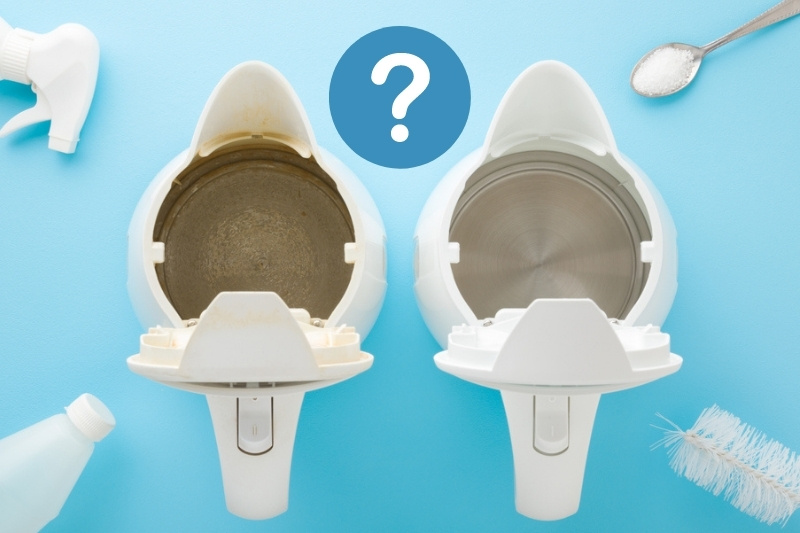
Regardless of which cleaner you use, you must descale your kettle regularly for best results. This prevents limescale from forming heavy deposits that can be difficult to remove.
As a general rule, aim to be descaling every four to eight weeks. However, this may vary depending on where you live.
If you live in an area with softer water, you might be able to go six months before you need to grab your bottle of cola (or preferred cleaner) and remove the build-up.
The best way to gauge whether your kettle needs descaling is to look inside. If there are any white deposits on the interior of the kettle, it’s time to get to work!

Hannah has a passion for cleaning. She worked her way around Australia by cleaning hostels in exchange for free accommodation and used her cleaning skills to bag a job as a chalet host for a luxury ski company in France.
